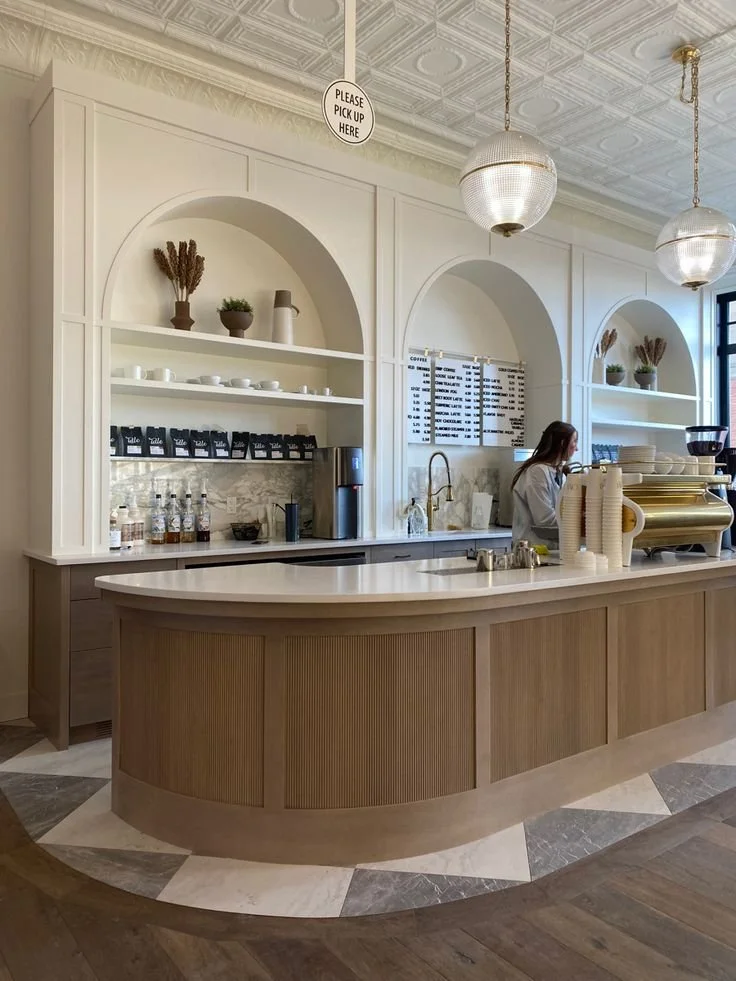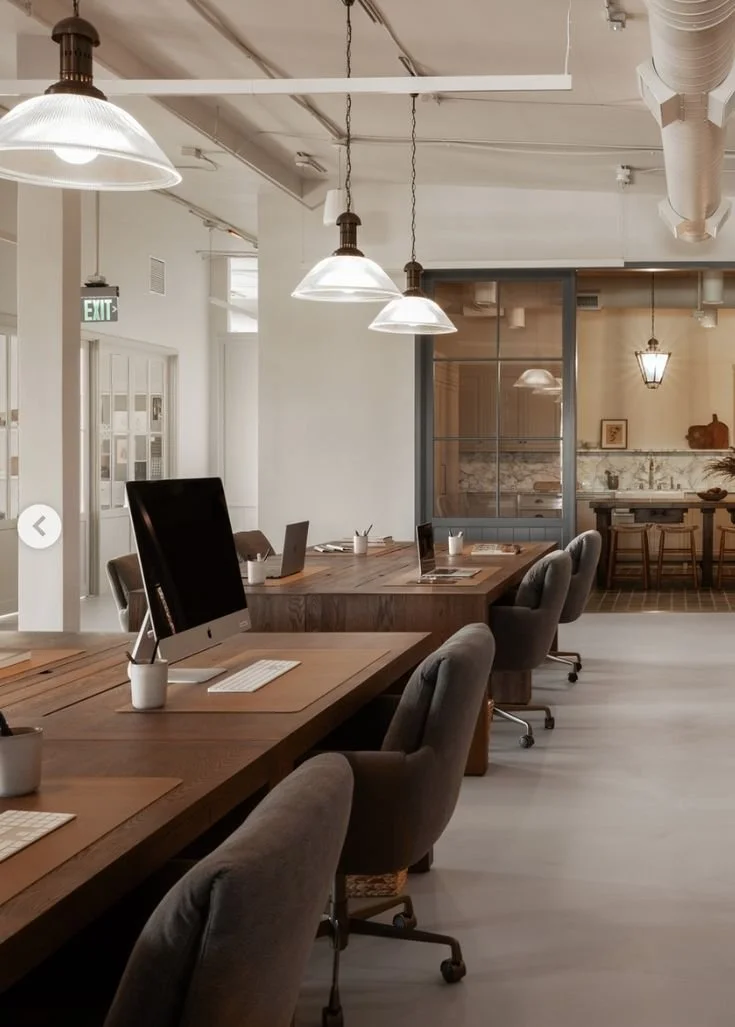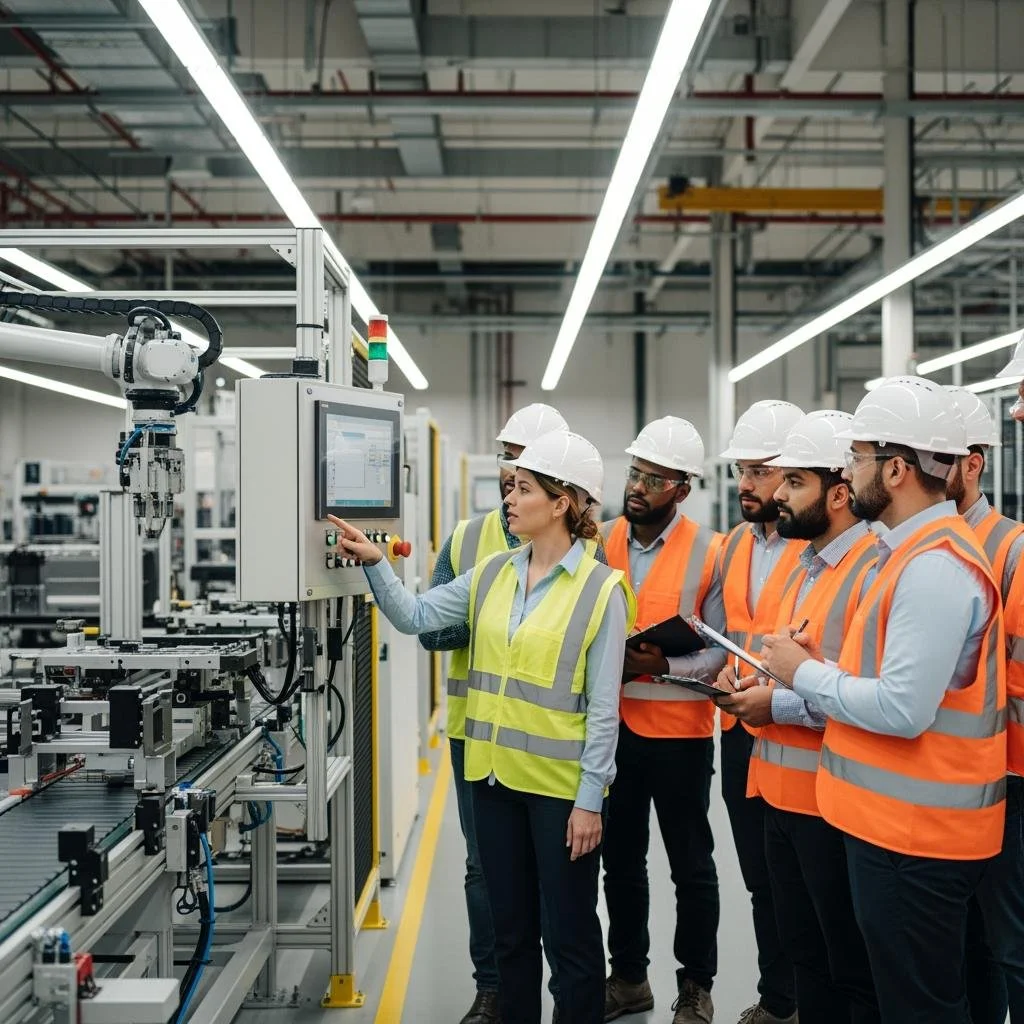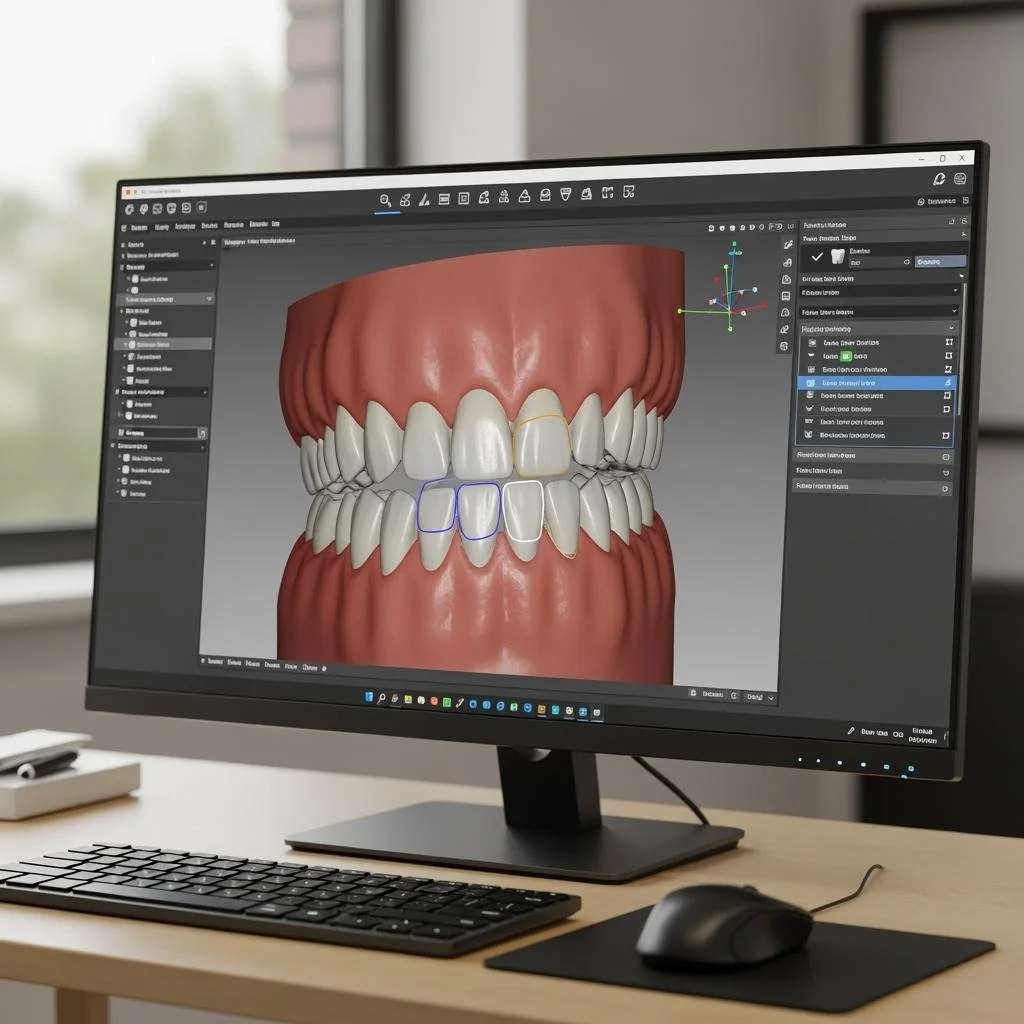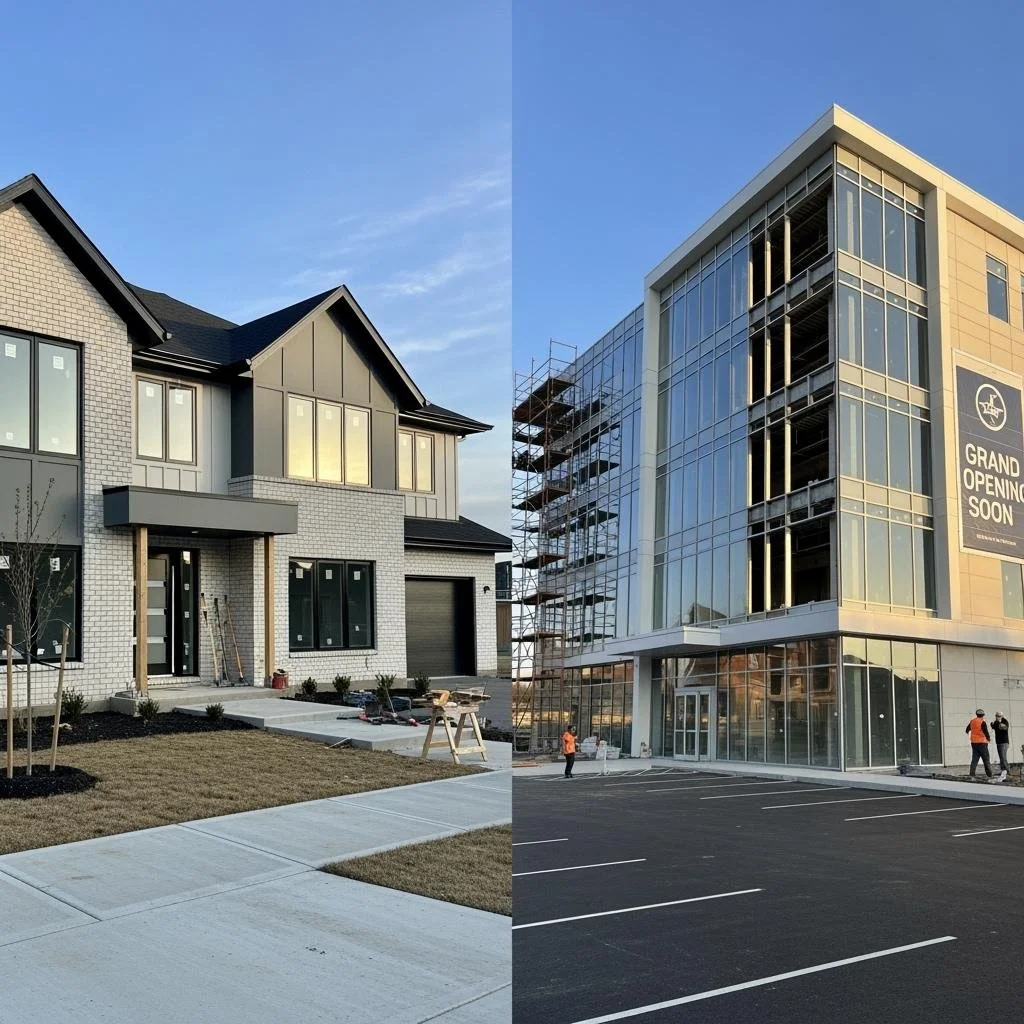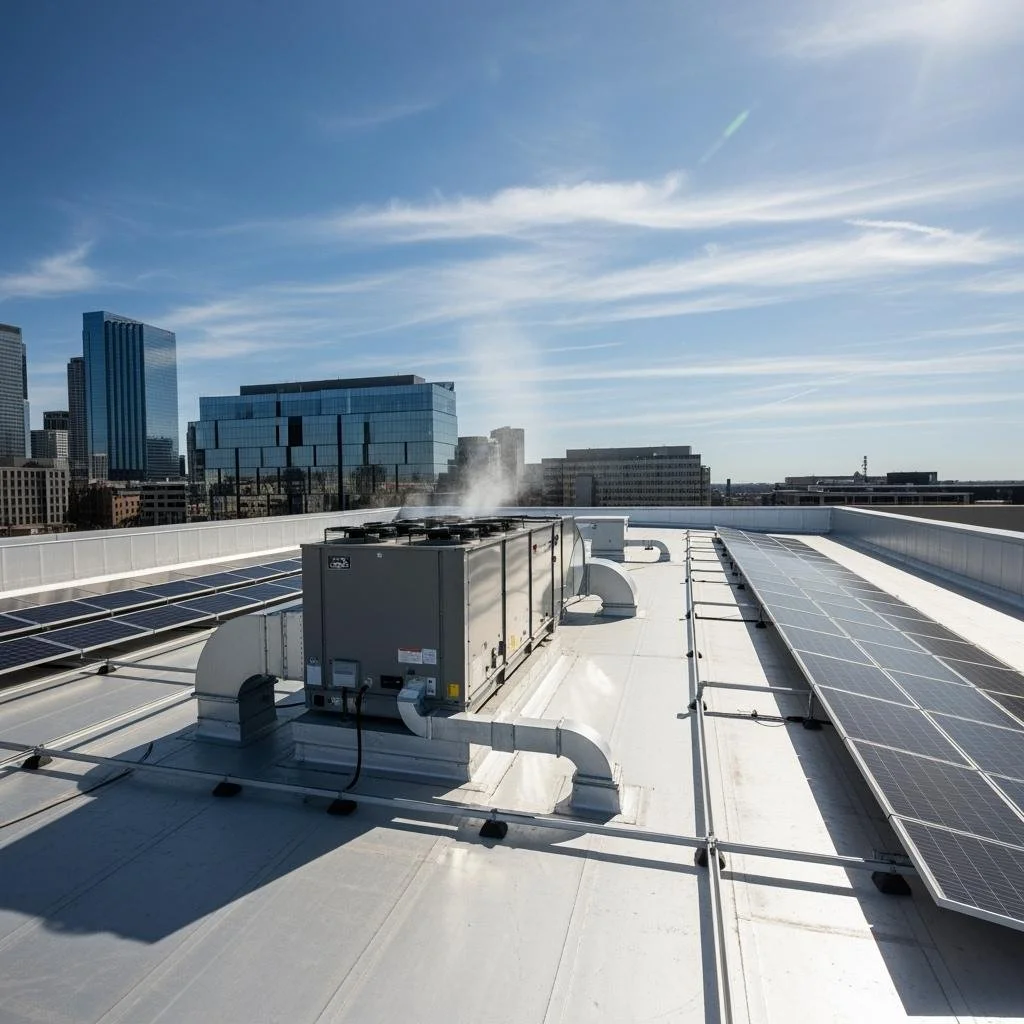How To Better Protect Your Business’ Premises Through Advanced Security Measures
In today’s rapidly evolving threat landscape, ensuring the safety of your business premises is no longer a matter of simply locking doors at the end of the day. From physical break-ins to digital breaches that can compromise entire security systems, the risks facing modern businesses are more complex and sophisticated than ever before. Criminals are smarter, tools are more advanced, and the consequences of a security lapse can be devastating—not just financially, but also in terms of reputation and operational continuity.
Fortunately, security technology has kept pace. With the right combination of tools, strategies, and training, business owners can implement a multi-layered defense system that not only deters threats but also responds to them in real time. In this comprehensive guide, we explore how advanced security measures—from AI-powered surveillance and biometric access control to integrated cybersecurity protocols—can help you protect your assets, your people, and your peace of mind.
No. 1
Understanding Modern Security Threats
Traditional security methods such as locks, basic CCTV systems, and standalone alarms are no longer sufficient in today’s high-risk environment. Criminals have adapted their tactics, often using advanced technology to exploit vulnerabilities in outdated systems. For example:
Access codes can be easily shared or stolen.
Camera systems can be hacked remotely.
Alarm response times may be too slow to prevent significant damage.
Moreover, threats don’t always originate from outside your organization. Internal theft, employee misconduct, and simple human error contribute to a substantial portion of business losses annually. Therefore, modern security must be comprehensive—integrating both physical and digital defenses while emphasizing prevention, real-time monitoring, and rapid response.
No. 2
Smart Surveillance Systems
One of the most powerful tools in modern security is the AI-powered surveillance system. Unlike traditional CCTV setups that passively record footage, smart cameras actively analyze their environment using:
Motion detection
Facial recognition
Behavioral analytics
These features allow systems to identify suspicious activity before it escalates, sending instant alerts to security personnel or triggering automated responses such as locking doors or activating alarms.
Cloud-based video storage adds another layer of protection, ensuring footage is safe from tampering or physical damage. Business owners can access live feeds remotely via secure mobile apps, ensuring they stay informed and in control, even when offsite.
Moreover, these systems provide valuable data analytics, helping identify trends such as high-risk timeframes or vulnerable areas within your premises. This insight enables you to make data-driven decisions to further optimize your security strategy.
No. 3
Access Control and Authentication
According to Stein Law, a leading negligent security attorney in Florida, “Access control technology has evolved far beyond simple keycards and PIN codes. Today’s advanced authentication systems include biometric scanners, smartphone-based credentials, and multi-factor verification to ensure that only authorized personnel can enter sensitive areas.”
Modern access control systems offer:
Biometric authentication (fingerprints, facial recognition, iris scans)
Mobile-based credentials (smartphone apps or NFC-enabled devices)
Tiered access levels based on role, time, or location
Biometric systems are particularly effective because they are difficult to forge or share, offering a higher level of identity verification. For businesses with multiple entry points or varying clearance levels, tiered access ensures that only the right people can access specific areas at specific times.
When integrated with surveillance and alarm systems, access control becomes part of a unified defense mechanism. For example, an unauthorized entry attempt can automatically trigger cameras to focus on the breach point and alert security personnel in real time.
Luxury Escapes
Escape the ordinary. Discover extraordinary travel experiences with Luxury Escapes.
No. 4
Alarm and Sensor Technologies
Today’s alarm systems go far beyond detecting open doors or broken windows. Smart sensors can now detect:
Motion
Temperature fluctuations
Vibrations
Smoke and gas leaks
Water intrusion
These sensors can be integrated with a central monitoring system or mobile device, allowing for immediate alerts and automated responses such as:
Shutting off utilities
Locking down specific zones
Notifying emergency services
Wireless technology has made installation more flexible and cost-effective, even for large or complex properties. Additionally, geofencing capabilities allow businesses to set virtual boundaries, triggering alerts when vehicles or individuals enter or exit designated zones—ideal for warehouses, parking lots, and loading docks.
No. 5
Cybersecurity Integration
As more security systems become network-connected, the line between physical and digital security continues to blur. Many surveillance cameras, access control panels, and alarm systems now operate via Wi-Fi or cloud-based platforms, making them vulnerable to cyberattacks if not properly secured.
To mitigate these risks, businesses must ensure:
Strong encryption protocols for all connected devices
Firewalls and intrusion detection systems
Regular software updates and patch management
A unified security strategy requires collaboration between IT departments and physical security teams. For example, ensuring that camera feeds, access logs, and alarm data are only accessible to authorized personnel helps prevent unauthorized access or data manipulation.
Cybersecurity is no longer optional—it’s an essential component of any modern security infrastructure.
No. 6
Employee Training and Security Culture
Even the most advanced security systems can be compromised by human error. That’s why employee training is a critical component of any comprehensive security plan.
Effective training programs should include:
Recognizing suspicious behavior
Proper use of security equipment
Response protocols for various emergencies
Cybersecurity best practices (e.g., password hygiene, phishing awareness)
Regular drills and awareness campaigns help reinforce these practices and ensure that employees are prepared to act quickly and effectively in the event of a threat.
By fostering a security-conscious culture, you empower your team to take ownership of workplace safety. When everyone is engaged and vigilant, your business is better protected from both internal and external threats.
No. 7
Partnering with Professional Security Providers
For many businesses, partnering with a professional security firm is a smart investment. These experts offer:
Comprehensive risk assessments
Custom-designed security systems
24/7 monitoring services
Emergency response coordination
Professional security providers stay up to date with the latest technologies, compliance requirements, and threat intelligence. They can help you design and implement a robust security strategy tailored to your specific needs and industry standards.
Outsourcing security operations also frees up internal resources, allowing your team to focus on core business activities while enjoying the peace of mind that comes with expert protection.
No. 8
Building a Comprehensive Security Strategy
To fully protect your business premises, consider adopting a layered security approach. This means combining multiple technologies and protocols to create overlapping defenses that reinforce one another. A comprehensive strategy may include:
AI-powered surveillance systems
Biometric access control
Environmental sensors and alarms
Cybersecurity safeguards
Employee training and awareness programs
Professional monitoring and support
Regularly auditing your systems and updating them as new threats and technologies emerge is essential. Security is not a one-time setup—it’s an ongoing commitment to vigilance, adaptation, and continuous improvement.
Takeaways
In an era where threats are more sophisticated and unpredictable than ever, protecting your business premises demands more than just basic security measures. By embracing advanced technologies, integrating cyber and physical defenses, and cultivating a culture of security awareness, you can create a resilient environment that safeguards your property, your people, and your reputation.
Whether it’s through smart surveillance, biometric access, or professional monitoring services, investing in a comprehensive security strategy is not just about preventing losses—it’s about ensuring the long-term success and stability of your business. Don’t wait for a breach to take action. Start building your defense today, and give your business the protection it deserves.
Looking for Business resources?
Are you seeking ways to elevate your business to new heights? Dive into the array of resources provided by our esteemed business partners designed to empower your ventures.



